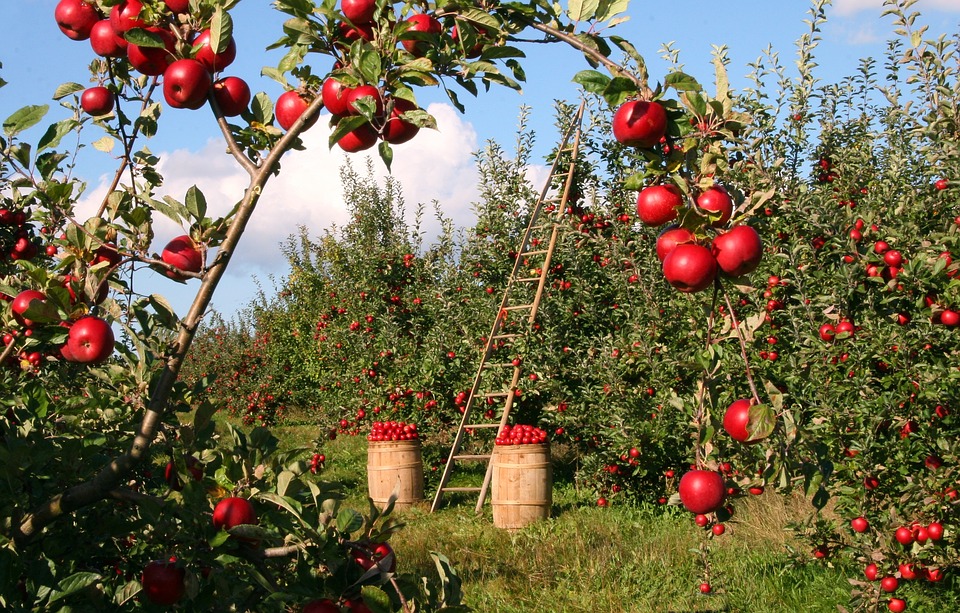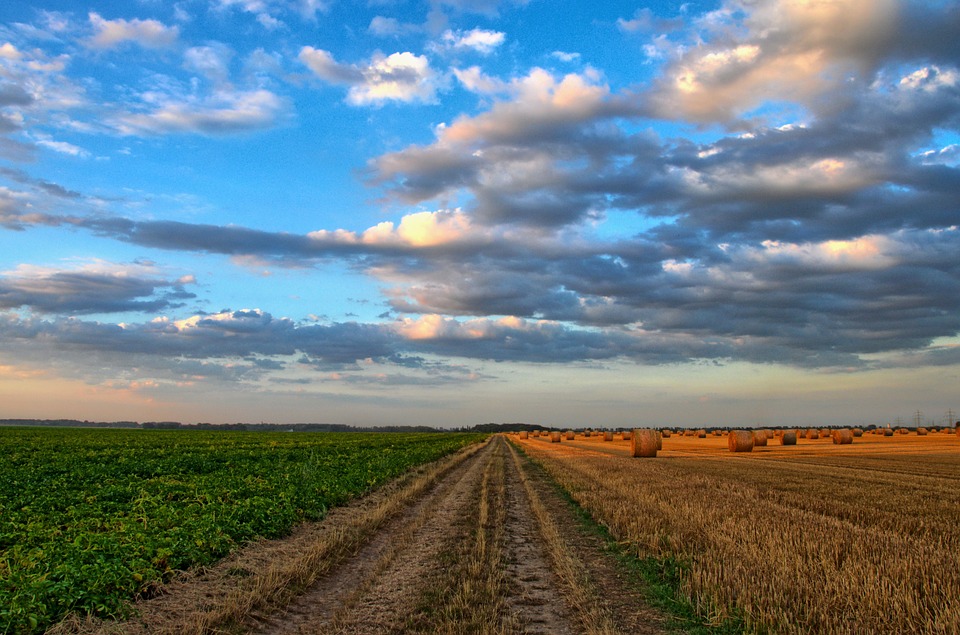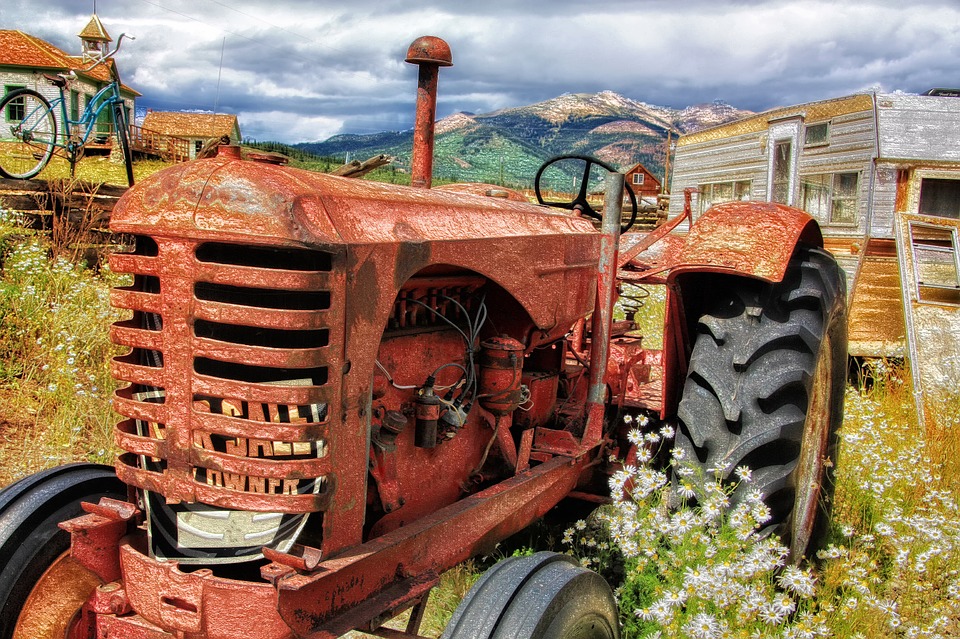It is estimated that the world population will grow from 7.3 billion at the present, to 9.7 billion in 2050. This means that more and more food is needed daily, and farmers are experiencing difficulties in keeping up with the demand. Technology plays an important role in addressing these difficulties. No matter if they face shortage of labour or shortage of food, the robotics industry is able to provide them a solution. Agriculture has been transformed into a high-tech industry and the latest advancements have drawn more and more investors. The latest tech devices are rapidly evolving and improving farmers’ capabilities. The cause behind the adoption of technology is the growing need of larger production yields.
How do robots change agriculture?
Robots will solve the labour shortage problem
A major problem agriculture is facing worldwide is a decrease in the number of workers. This problem led to the development of machines that are able to harvest crops, a single robot is able to perform the workload 30 human workers would do. It is quite impressive to check the features and capabilities these machines have, and it is understandable why some people consider that they will replace all remaining farm workers, no matter the job. Jonathan Gill, an agriculture researcher, states that no one should consider the robots used in agriculture a threat for human workers because their jobs have already been lost the moment they stopped being interested in the industry. The latest additions have the role to ease farmers’ work, and to increase their skill level.

Farmers think that the introduction of robots in agriculture will decrease their expenses, only labour costs constitute around 40% of their total expenses. Robotics providers have started to introduce on the market machines that are able to cut costs. For example, if a lettuce-harvesting machine costs around $750,000 it will pay for itself within the first year.
Robots will care and harvest more plants than in the past
Robotics manufacturers are working on creating advanced machines that can perform delicate tasks like caring for and harvesting small plants. For example, some companies have in plan to design robots that can plant and fertilize corn, but that can also control weed and perform scouting operations.
Other companies are working to create robots that can perform “thinning” an operation that has the role to plant the seeds at a sufficient space to allow crops to grow faster and healthier.

Every year farmers are experiencing around $40 billion in losses because of herbicide-resistant plants, and technology is needed to stop this from happening. Some companies have introduced on the market industrial robots that spray with herbicide certain targeted weeds. All these technological advancements are helping farmers to cut down loses and expenses and to boost their income. In the future, it is expected robots to be used to pick strawberries, apples and other delicate fruits and vegetables.
Robotics can increase crop yields
In order to increase crops yields more and more companies have started to use robots to check if the machines have enough plants to harvest. For example, some providers have created robots that are moving through fields and measure certain plant parameters. Then they deliver the information to human operators who analyse it. Efforts are made to create machines that can detect plant diseases in time to help farmers treat them without their crops being affected. However, the pieces of information are not analysed only by farmers but also by scientists who try to identify what the conditions and environments that produce the best plants are. The role of the robot is simple, it has to go into the field, check the state of the plants and transmit the scientists which plants are healthy and strong.
What are the most common agricultural robot applications?
By using robots, farmers have time to focus on their business and to find strategies to improve the overall production because they no longer have to perform slow, dull and repetitive tasks. Most of the robots used in agriculture perform tasks like: harvesting, picking, weed control, sorting, packing, thinning, spraying, seeding, pruning, autonomous mowing, and phenotyping.
Robots are used extensively for harvesting and picking because of their speed and high accuracy. They are used for these operations because farmers are looking for solutions to reduce waste and boost the size of yields. Because of the crops left on the field, farmers experience great financial loses.
It is true that many of the above tasks are difficult to automate. For example if a machine is designed to pick up tomatoes chances are it to encounter numerous obstacles. They have to determine the ripeness and location of the vegetables in harsh conditions like movements created by wind, temperature swings, light intensity, and dust. And if the robot is programmed to overcome all these obstacles it still has a long road to be able to harvest the tomatoes effectively. It has to navigate the fields while grasping a delicate tomato and not to destroy it. The process is quite different from when a machine is used to pick metallic parts in an automotive production company. The robots that perform these tasks have to be flexible because they are being used in a dynamic environment and they have to be accurate not to damage the vegetables when picking them.
Harvesting and picking robots are the most popular type of machines used in agriculture, but they are not the only ones, as stated above. Many others are used for countless tasks because technology is used to improve the production of yields.
Some machines are used in crop seeding, and this action combines geo-mapping with robotics. A map is used to check the properties of the soil, like density and quality, at every point in the field. A robotic arm is attached to a tractor and it places the seeds at certain distances and depths according to the information it receives from the geo-map. It calculates the best chance of growing for every plant, an aspect that proves very beneficial for farmers because they no longer lose money on planting seeds that have no chance to sprout.



Its like you read my mind! You appear to know a lot about this, like you wrote the book in it or something. I think that you can do with some pics to drive the message home a bit, but instead of that, this is wonderful blog. A great read. I’ll definitely be back